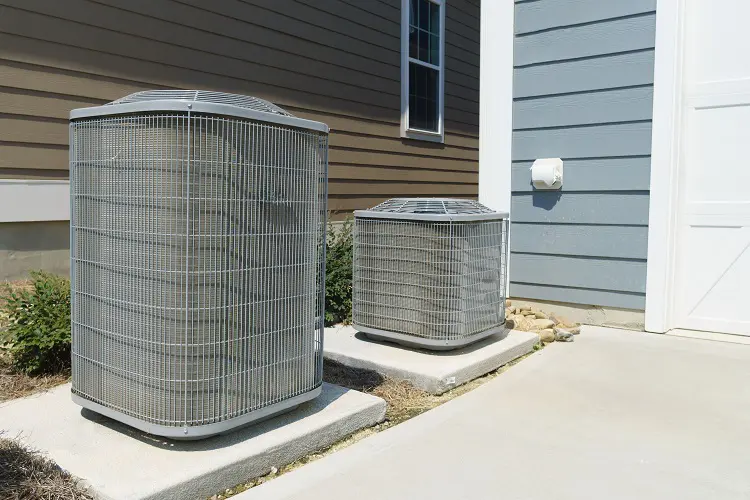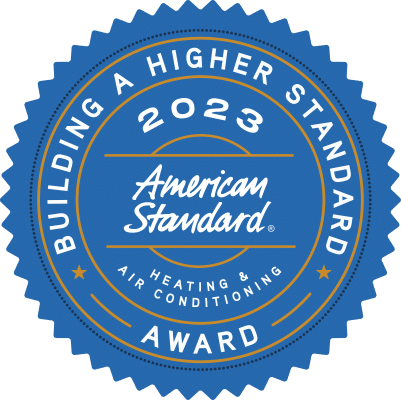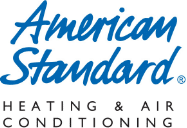
How to Tell When to Get Your AC Unit Replaced Rather Than Repaired
A broken down air conditioner is an awful headache to anyone living in the Coachella Valley area, but it can be an even bigger headache if you don’t know whether it’s better to repair it or replace it.
Some HVAC companies might try to up-sell a replacement when you don’t need one, but it is actually more profitable to build long-term relationships with customers and gain regular business, referrals, and trust. At Hydes we consider it most important to keep homeowners informed and provide them with numerous solutions, so that they can determine which one best suits their needs.
If your system is relatively new, your repair may even be covered under the manufacturer’s warranty.
If you’ve called Hydes, you can trust that you’ll get an honest service recommendation; not every HVAC contractor is as honest as we are. That’s why it’s important to learn how to tell when you’re better off with an AC replacement than a repair.
Here are some steps you can take to determine whether you should have your broken down AC unit repaired or replaced with a new system.
Step #1: Determine Your Unit’s Age
If the HVAC system was replaced before you bought your home, you may not know how old it is, and it’s important to know the unit age because an older unit is more likely to need replacing rather than repairs.
You can determine your AC unit’s age by looking at its serial number. Serial numbers vary by manufacturer, so you may need help deciphering it. The Building Intelligence Center is an excellent resource to refer to.
Let’s say you have an American Standard AC unit.
Most newer models of American Standard make it easy on you by featuring the date in the upper righthand corner of the data plate, but you may also see a 9-10 digit serial number in which you see the year, week and day of manufacture followed by five letters/numbers. So if it says 7124OTW4B that translates to year 7, week 12, day 4 or March 2007.
Air conditioners generally last 10-15 years, so if your unit is over 10 years of age, you may want to replace it rather than repair it.
Step #2: Consider How Many Times It Has Needed Repair
Whether you have a newer AC unit or an older one, if it needs frequent repairs, that’s a sign that it needs to be replaced. If you’re keeping up with your regular maintenance and still end up calling for repairs every year, those costs add up. It may be cheaper in the long run to just replace the air conditioner.
Step #3: Check Your Refrigerant
If your AC only accepts R-22 refrigerant, you may want to consider replacing your unit.
While R-22 is effective, it also plays a major role in ozone depletion. In fact, as of this year the Environmental Protection Agency has enacted an R-22 phase-out in the United States, making production and import of the refrigerant illegal.
While you can continue to run your current system if it utilizes R-22, repairs involving refrigerant will be more costly as the amount of available coolant dwindles. If your air conditioner is reaching the end of its lifespan or you’d like to avoid the rising price of R-22, it may be time for a replacement!
Modern units are more efficient and operate using R-410, a more environmentally-friendly refrigerant.
Step #4: Check the Air Flow
Hold your hand over a vent in your house. Does your furnace feel warm (or AC feel cool) but the air is barely blowing?
A weak air flow could be a sign of a failing unit. However, it could also be a result of one or more less fatal diagnoses. Increasing air flow throughout your home could be as simple as cleaning out ductwork blockages or as serious as a failing compressor. Have a certified technician take a look around your system and have him or her walk you through what he sees.
Step #5: Are You Hearing Noises?
While many people ignore noises in their system, others instantly worry their system is dying beyond repair - hopefully you are able to maintain a healthy relationships with your home appliances by maintaining and servicing them regularly. Most noises indicate an easy fix, though if left unattended, these minor issues could end up resulting in significant energy bills and/or repair costs.
Normal noises include:
- Initial squealing as system starts up
- Gentle blowing
- Clicking off
Any other noises (and the list of potential bad noises is long) should be inspected by a licensed HVAC technician. Some parts may need to be replaced, but if you catch the issues early enough, you may be able to avoid wasted energy, Freon or the cost of the total replacement.
Step #6: Check Your Energy Bills
Do you know your energy bills have gone up without an obvious change in the temperature or season? Your system might simply require a filter change or something much more serious. Again, calling a trusted HVAC professional should alleviate or substantiate your concerns. If the guidance you receive doesn’t seem to add up, consider calling in a second opinion!
If you follow these three steps, you’ll have no trouble knowing whether to repair your air conditioner or replace it.
And remember to call Hydes at (760) 360-2202 or fill out a contact form on our website whenever you have any air conditioning service concerns!
Repair or Replace FAQs
Deciding whether to replace or repair your home AC system depends on factors like the system's age, the extent of damage, and repair costs. If the system is old, experiencing frequent issues, or repairs are approaching the cost of a new unit, replacement may be more cost-effective. Newer systems are often more energy-efficient, offering long-term savings. Consult with HVAC professionals for a thorough assessment to determine the most economical and practical solution based on your specific circumstances, considering both short-term and long-term costs.
If your Coachella Valley area air conditioner is relatively new, it very seldom is economical to replace it with a new one unless the cost of repairs is in the thousands of dollars.
The "$5,000 rule" serves as a general guide for many HCAV experts. Here, you multiply the unit's age by the cost of repair, and if that total exceeds $5,000, it might be preferable to replace the appliance. Fix it if it's less.
A broken capacitor is the most typical AC repair in the Coachella Valley.
To check yours, find your outside unit (condenser) and inspect it if your thermostat appears to be operating properly but the air coming from your vents is simply not cold. The fan motor and the compressor are the two parts. Both are audible to a trained ear. The compressor is like a deep buzz, like a refrigerator running, and the fan naturally makes a whirring noise. Your hand should feel warmer than the ambient air when you hold it above the fan. There is a good chance that your capacitor is damaged if the outside unit is buzzing or humming but nothing is turning or blowing.














